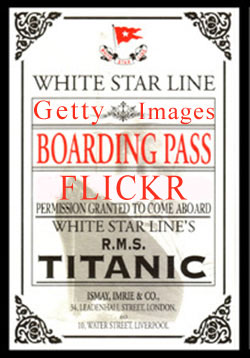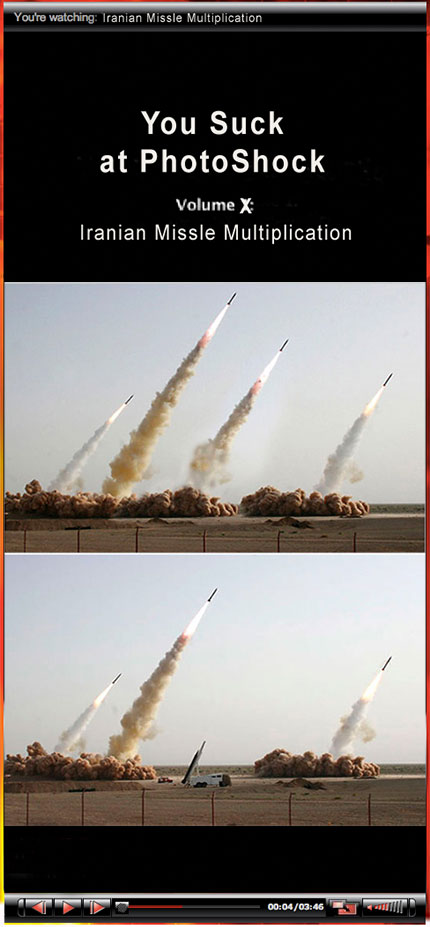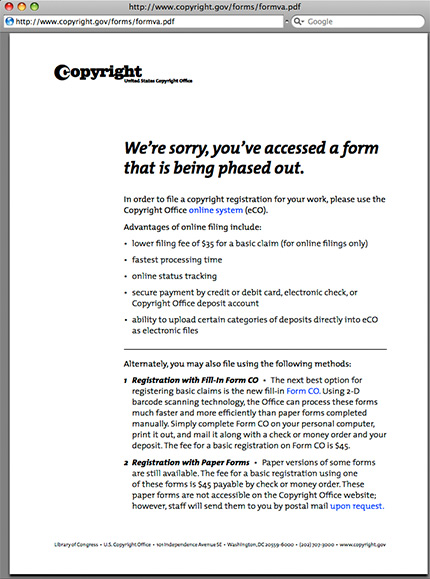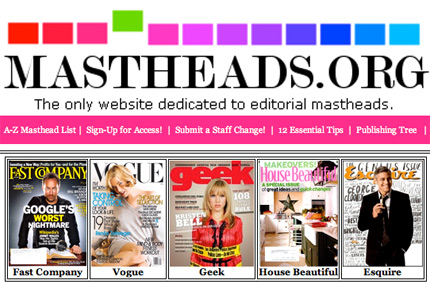The Curious Case of Getty and Flickr
 Just when you thought that Getty was in it's last throws of existence, before its massive library of wholly owned content gets broken up by Hellman & Friedman and sold off for pieces, Getty comes in and lowers the bar that much further. The only upside to the impending Getty breakup will be the mass exodus of the creative content producers (especially the prolific ones) who decide that either PhotoShelter or Digital Railroad are the only two platforms where they can get their images sold.
Just when you thought that Getty was in it's last throws of existence, before its massive library of wholly owned content gets broken up by Hellman & Friedman and sold off for pieces, Getty comes in and lowers the bar that much further. The only upside to the impending Getty breakup will be the mass exodus of the creative content producers (especially the prolific ones) who decide that either PhotoShelter or Digital Railroad are the only two platforms where they can get their images sold.
PDNPulse has written about it (Getty and Flickr: What Just Happened?, 7/8/08), as has Thomas Hawk (Yahoo and Getty Strike Deal to Sell Stock Photography Through Flickr, 7/8/08), and Thomas has some great links on it in his blog entry. Here's my take.
Getty, in conversations at what I am guessing is the CTO level, decided to do this deal with Flickr, likely after seeing PhotoShelter announce a portal between them and Flickr, and then get shut down by Flickr. For months and months, PhotoShelter made outreach to Flickr in an attempt to get a commercial key (link) for an application plug-in (API) that would
make a direct connection between Flickr and the PhotoShelter system, so that photographers could send their own images back and forth between their Flickr and PhotoShelter personal archives. But did they really need a commercial API? Users were just sending their own images to themselves, and services like Smugmug use the Flickr API in the exact same way. Then
PhotoShelter obtained a non-commercial API - which is freely available to anyone who wishes to use it for their own personal use. Within a short time, Flickr shut them down, without explanation, and they would just not engage them in discussions about either API permission key.
For some reason, however, Flickr has decided that it in their best interests to have Getty trolling around Flickr for the best Flickr producers, and lock them up in exclusive deals to represent their work, but these photographers would get a paltry percentage of their sales, and I have to ask the question - is Flickr going to be a silent recipient of a percentage of all those sales? Why wouldn't Flickr buy the entire PhotoShelter or Digital Railroad platforms, and scale that technology up to serve the 3 million images they get each day? Could it be that this deal is a precursor to Flickr being someone that Hellman & Friedman see as a future suitor of a piece of the Getty pie (either from a content, delivery platform, or both, standpoint)?
When I spoke at the PhotoShelter Town Hall Meeting (Do the Wright Thing: PhotoShelter Town Hall in Atlanta, 9/28/07), Grover during the Q&A, when asked by an audience member about the possibility that PhotoShelter would be established, and then bought (potentially) by Getty, said "no." Then, to make himself perfectly clear, said "let me be more clear - over my dead body." Getty clearly was interested. Allen Murabayashi, the CEO of PhotoShelter, in his reaction (posted here ) to the announcement of the Getty Images/Flickr arrangement, made a bold statement, that literally puts his (and Grover's) money where there mouth is. He said:
"... one of Getty Images' Executive VPs started contacting us as early as July 2006. Initially it was to use PhotoShelter technology to provide a way for non-Getty photographers to submit images. But once the PhotoShelter Collection was announced, they wanted access to our content because we provided ready-to-license, edited content from thousands of contributors around the world.Now, that's conviction.
They contacted us in July 07, September 07, October 07 and November 07, and we turned them down for one simple reason: It was a terrible deal for photographers (then, as it is now), and did very little to alter the fundamental imbalance in the stock industry."
I know that the people at Getty think they understand this business. Trust me, they don't. You can start at the top with Jonathan Klein - Mr. Investment Banker turned "lover of photography" (JDK's World, 8/29/07), Mark Getty, who, when the stock tanked, essentially got family money (see: Getty Restates . . . , 6/13/07;Getty Investments L/L/C; and SEC info here, for more insights) by way of Hellman & Friedman to take the company private, and Mr. failed commercial photographer Bruce Livingstone (The BBC & The 'Infinite monkey theorem', 11/26/07), and just continue to work your way down. There are a lot of people there who just don't get it. Those that do, are probably polishing their resumes right now looking to make a move, realizing that the company has finally completed their turn in the direction of the land of really really bad ideas, and the iceberg that lay ahead is emblazoned with the name Hellman & Friedman, which is sure to sink the Getty Images ship.
Please post your comments by clicking the link below. If you've got questions, please pose them in our Photo Business Forum Flickr Group Discussion Threads.








